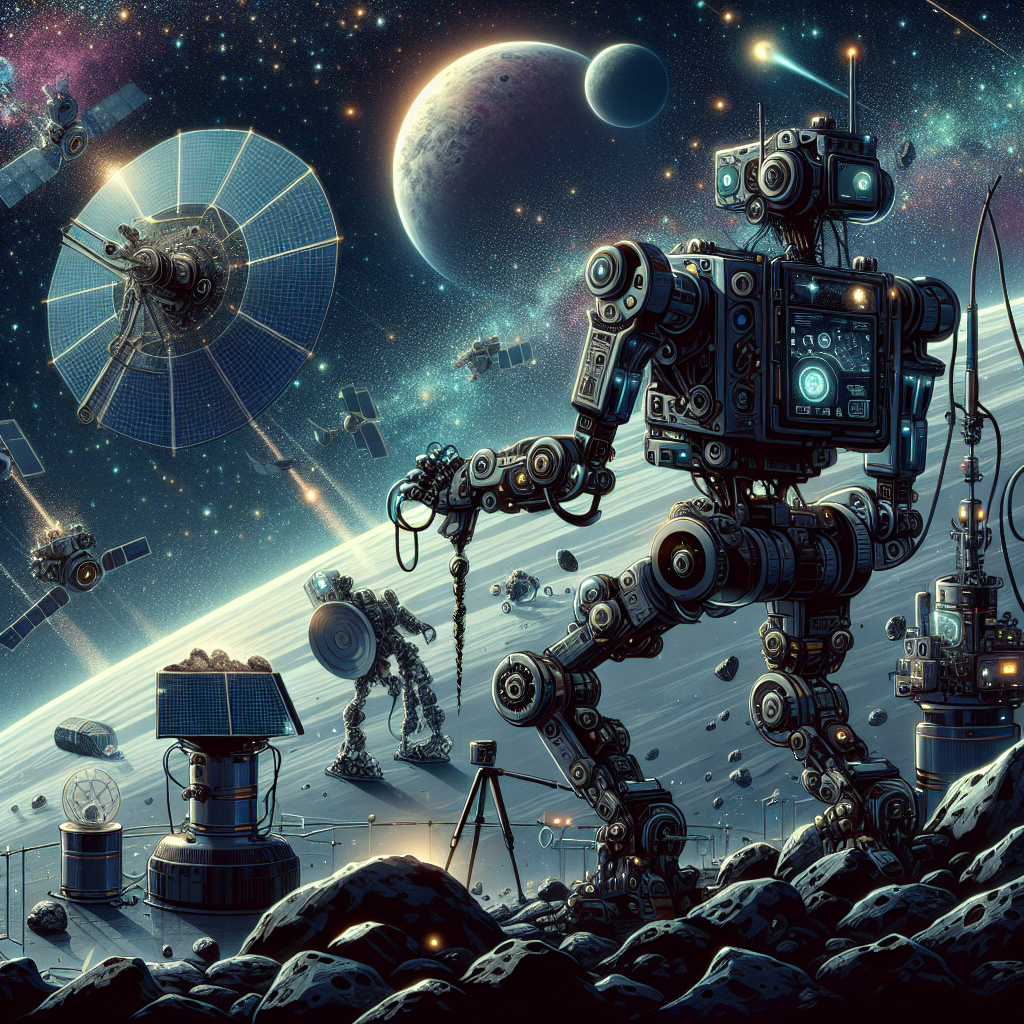Introduction
The quest for knowledge beyond our planet has always fascinated humanity. As technology advances, the future of space exploration increasingly relies on autonomous robots. These machines not only extend our reach into the cosmos but also enhance our understanding of extraterrestrial environments. This article explores the role of autonomous robots in space exploration and their potential to revolutionize our endeavors in the final frontier.
What Are Autonomous Robots?
Autonomous robots are self-operating machines equipped with artificial intelligence (AI) and sophisticated sensors that allow them to perform tasks without human intervention. In space exploration, these robots can navigate harsh environments, collect data, and conduct experiments, making them indispensable for missions to distant planets, moons, and asteroids.
The Evolution of Robots in Space Exploration
- The Early Days: Robotic technology has been a part of space exploration since the 1960s with missions like the Luna and Mars programs, where simple landers and rovers gathered crucial data.
- Advancements in AI: Recent improvements in AI have allowed robots to process information, learn from their surroundings, and make decisions, propelling them into the next generation of space exploration.
- Current Examples: Rovers like NASA’s Perseverance and Curiosity have demonstrated remarkable abilities in exploring the Martian surface, analyzing soil samples, and sending data back to Earth.
The Future Landscape of Space Exploration
As we look ahead, several trends suggest that autonomous robots will play an even larger role in future space missions:
1. Increased Autonomy
Future robots will have enhanced capabilities to operate independently for extended periods. This autonomy is crucial for missions to distant planets, where communication delays can hinder real-time control.
2. Collaborative Robots
Autonomous robots will work alongside human astronauts and other machines. By sharing information in real-time and coordinating tasks, these collaborations will optimize mission efficiency.
3. Planetary Mining
As the need for resources increases, autonomous robots will be employed for planetary mining operations. They will be equipped to identify, extract, and process materials from asteroids or celestial bodies, contributing to sustainable space missions.
4. Exploration of Extreme Environments
Autonomous robots will be designed to withstand extreme conditions, such as the cold of outer space, high radiation levels, or the dust storms on Mars. Their robust design will enable them to explore environments that are too dangerous for humans.
Challenges and Ethical Considerations
Despite their advantages, the deployment of autonomous robots in space raises challenges and ethical questions. Key considerations include:
- Safety: Ensuring the safety of autonomous robots is paramount, especially when they operate in environments where failure could result in loss of mission or damage to valuable data.
- Decision-Making: How much autonomy should robots have in decision-making processes? This question becomes critical in scenarios where robots must make ethical choices.
- Environmental Impact: The exploration of other celestial bodies raises concerns about contamination and the preservation of extraterrestrial ecosystems.
Conclusion
The future of space exploration is undoubtedly intertwined with advances in autonomous robotics. As these technologies evolve, they will help us unlock the mysteries of the universe, paving the way for human settlement on other planets and sustainable resource utilization. The integration of autonomous robots will not only enhance our capabilities in space but also challenge us to think critically about the implications of their use. With the right balance of innovation and responsibility, the next era of space exploration promises to be as thrilling as it is transformative.

